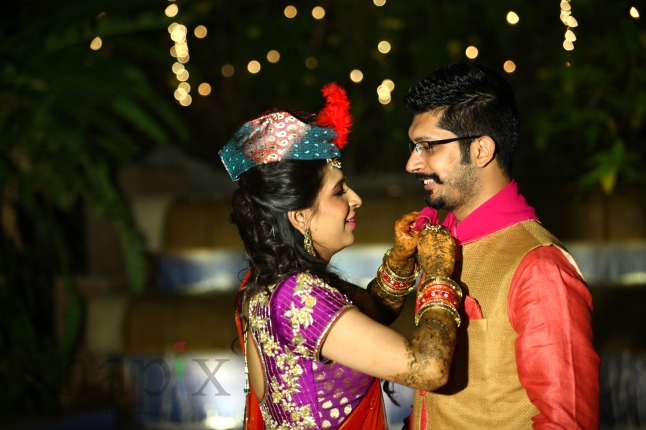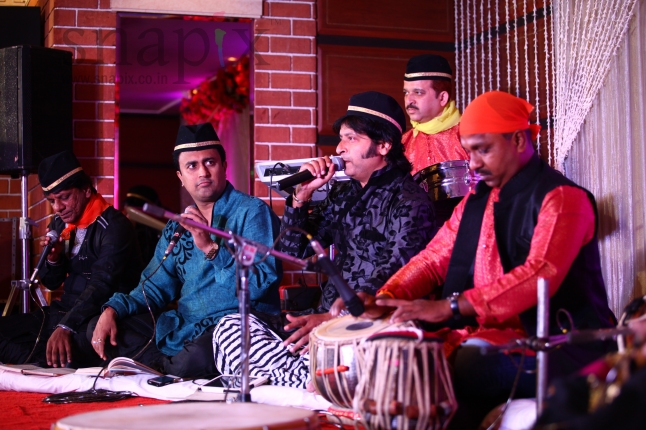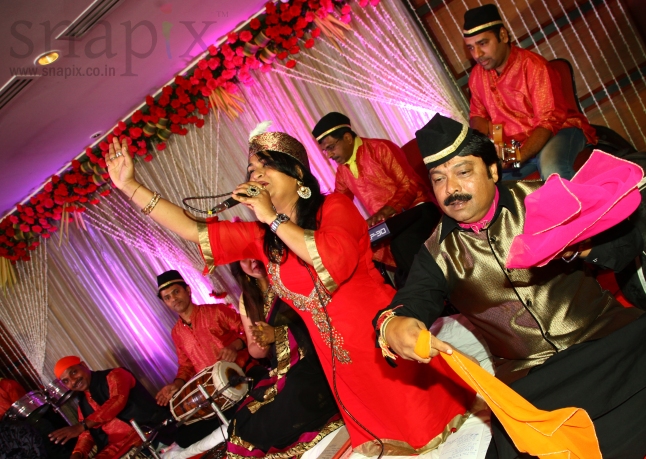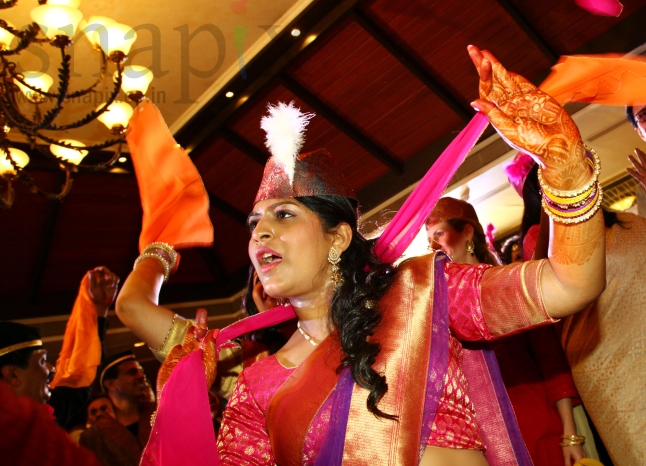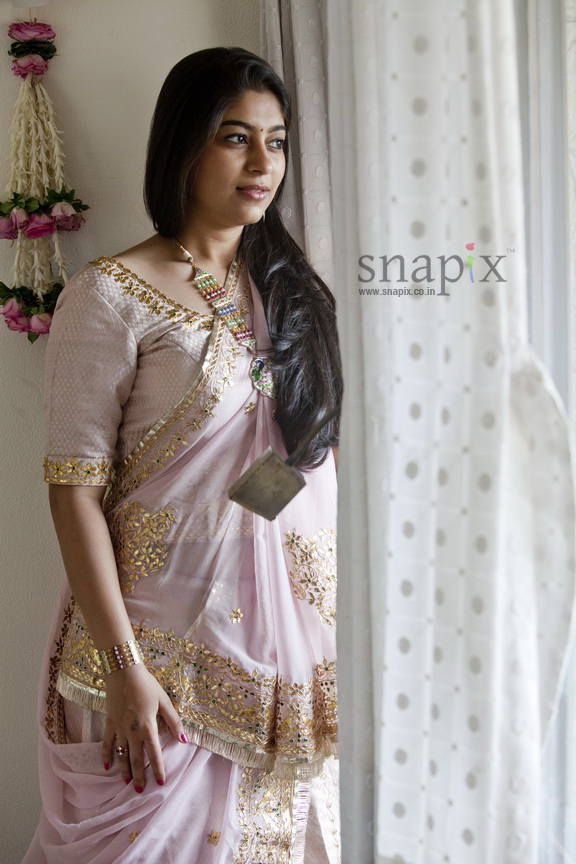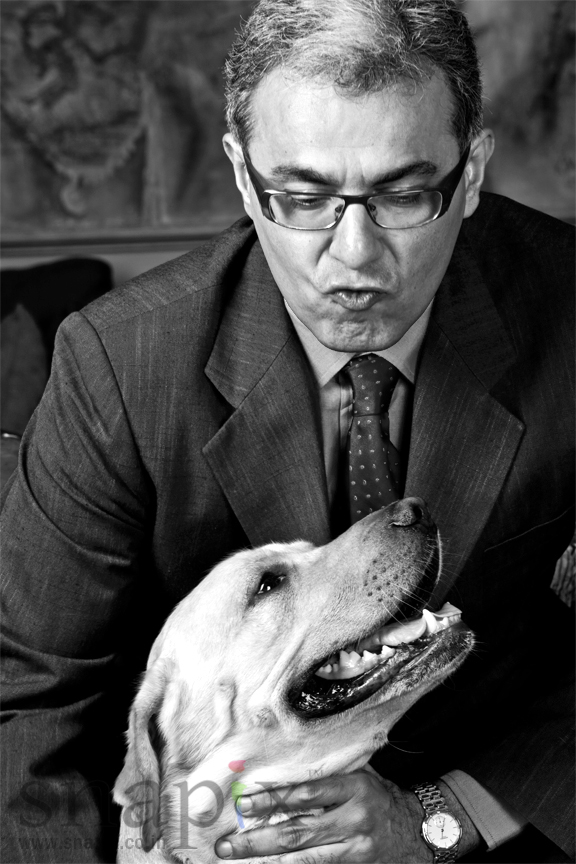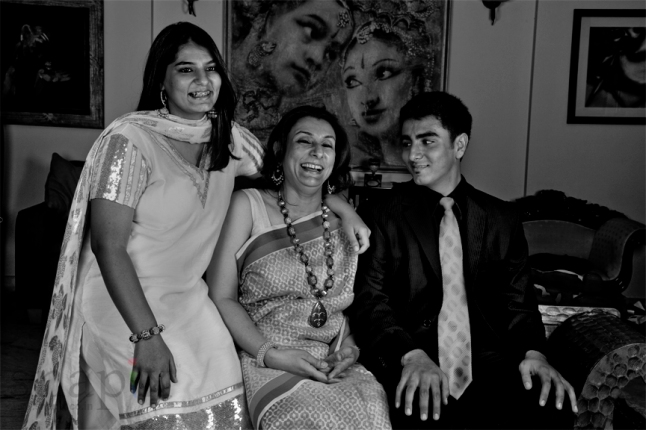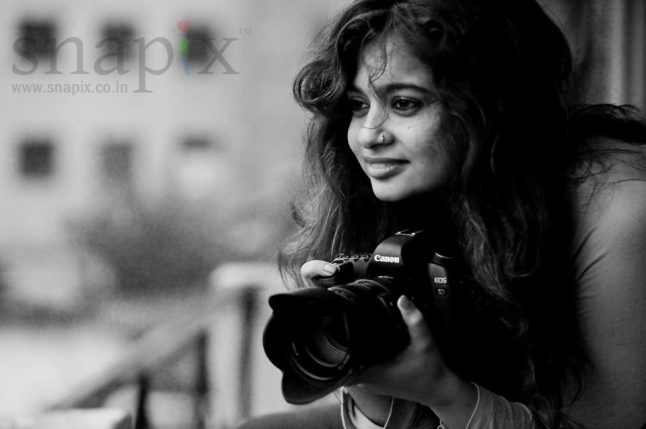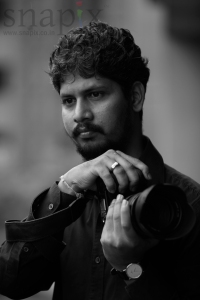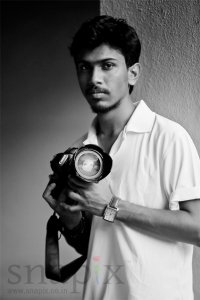Nidhi & Sagar’s Sangeet night was set at the IVY Restaurant Banquets, Chembur, Mumbai – India. The theme for the evening was Qawwali. Qawwali is a Sufi musical tradition that stretches back for more than 700 years. The roots of Qawwali can be traced back to 8th century Persia (today’s Iran and Afghanistan). Ghazal was the chosen mode of delivery for Qawwali night.
As we entered the hall, the first thing that caught our eyes was the Mehendi counter where Mehndi artists were at work bringing some beautiful art to life. Before the Qawwali session began, the evening was kicked off with some dance performances from family and friends. The first piece was performed by 9 sisters of the bride on a hit Bollywood number from the movie “Khai Po Che” and stirred up the crowd and other family members also joined in the fun and the next performance was done by the Uncles & Aunties of the bride followed by 2 very adorable kids doing the Lungi Dance which set the pace for the next act from the brides friends and cousins who danced to the tune of Dhol Baje & Drama Queen.
The kids were chosen as the best dancers and were given gifts for the entertainment displayed.
The groom entered a bit later and everyone got their Qawwali gear on, the topi & the legendary scarves. This set the Mehfil-E-Khaas into motion and professional qawwals took centre stage who started off with a song that offered praise to the almighty. Post which some real classics were performed. Professional Qawwals like Sunil Menon took the Mehfil to the next level and delighted the audience with some sublime songs.
The Qawali night was an inclusive one which involved the audience into the act and there were Qawwali competition between the bride’s side and the groom’s side along with some amazing jugalbandis. The family and friends at the event participated and enjoyed its every moment.
If you are planning to have your own Qawwali Night for your Sangeet, here are a few tips to keep in mind:
1. Get an experienced Orchestra & some really good Qawwals
2. Seating arrangement in front of the stage with a Gaddhi (Thin mattress)
3. Costume: Get the attire right, men should have a Kurtha on (A short Kurtha to go with it) and the women can sport an Anarkali suit or a bold colorful saree.
4. Do not forget the legendary accessories that are must-haves to go with the attire. The Qawwali topi & scarf. The Topi needs to be colorful. The scarves can be tied on the hands or/and tied on the neck like a bow-tie.
If we missed out any essentials, feel free to add on to the list in the comment section below. #Sangeettips

